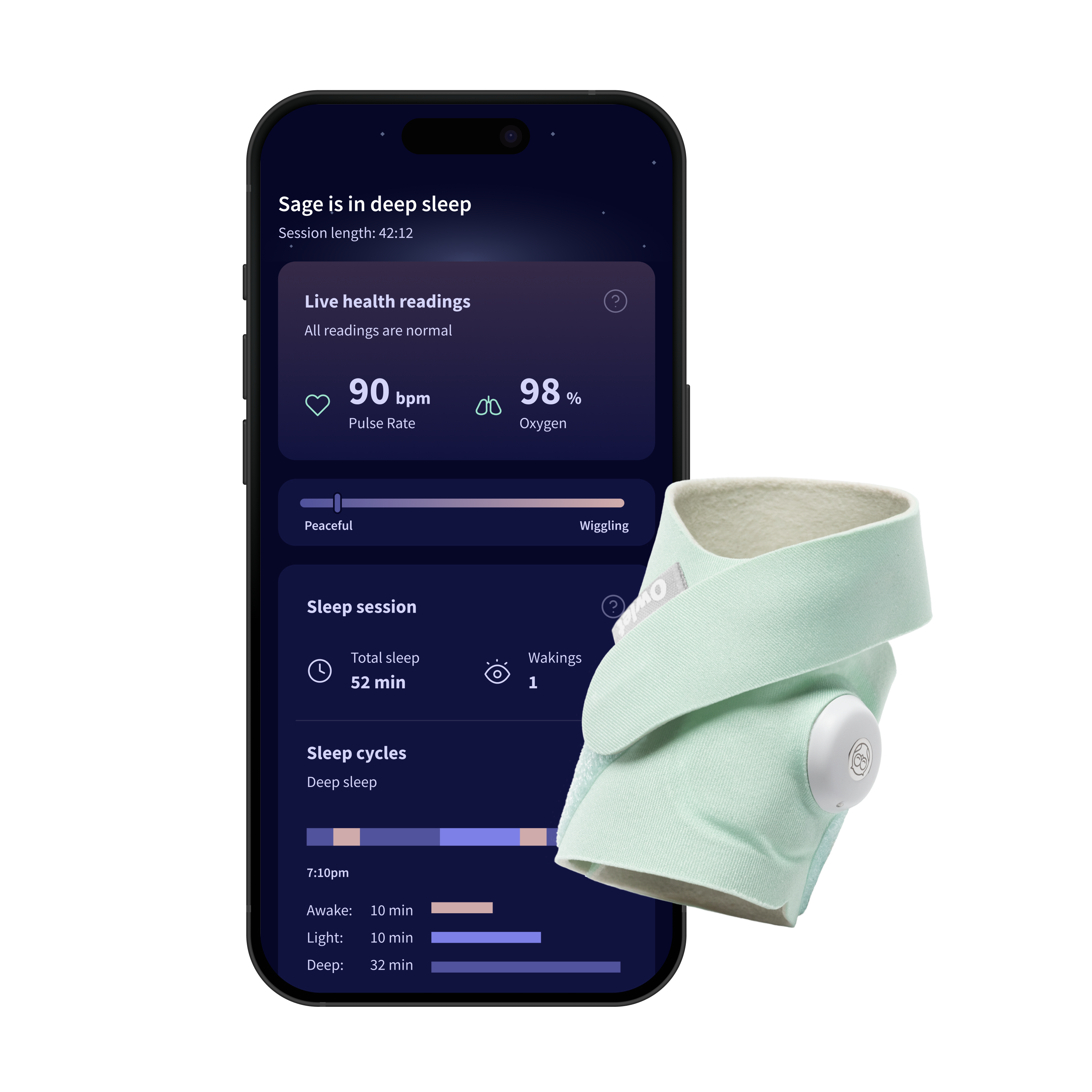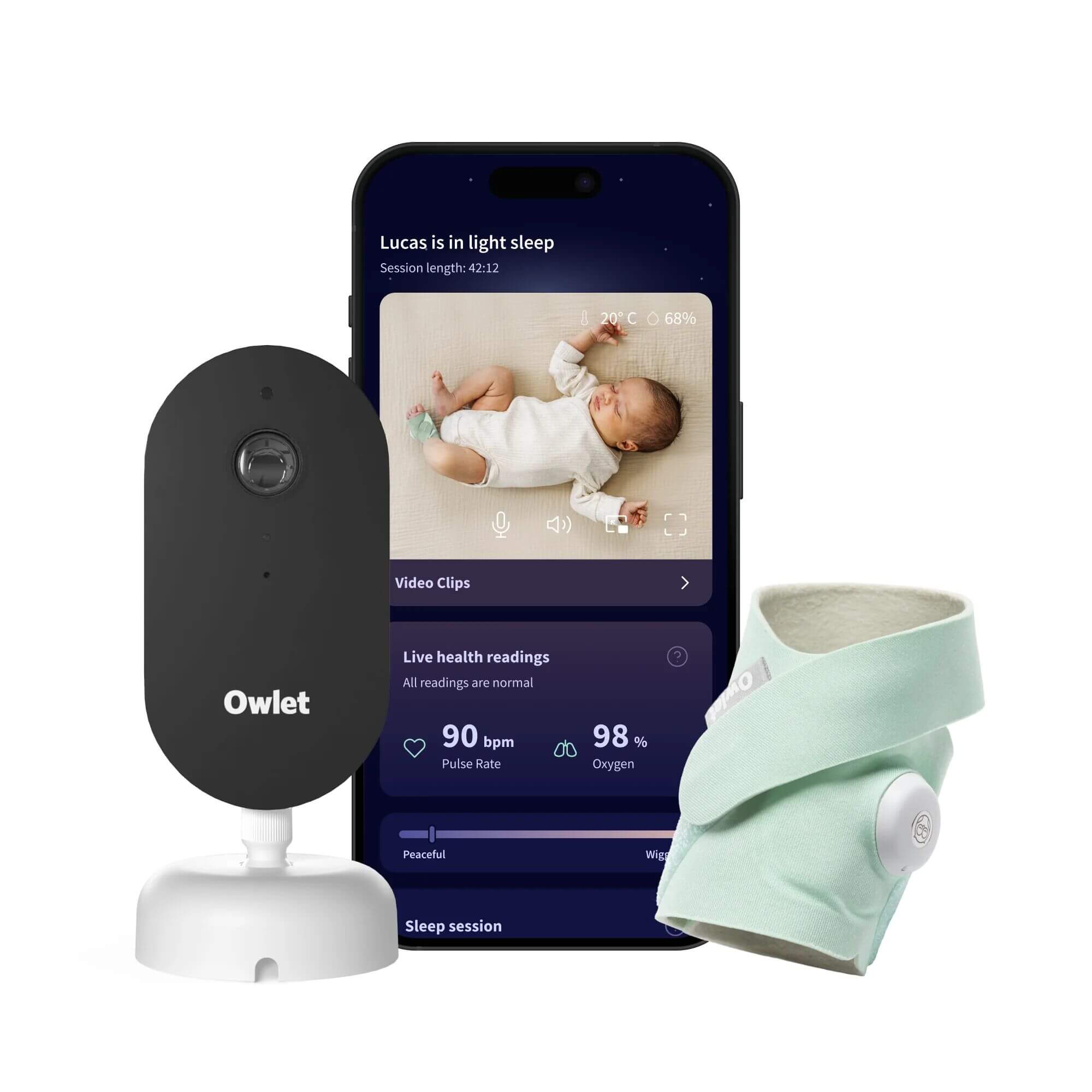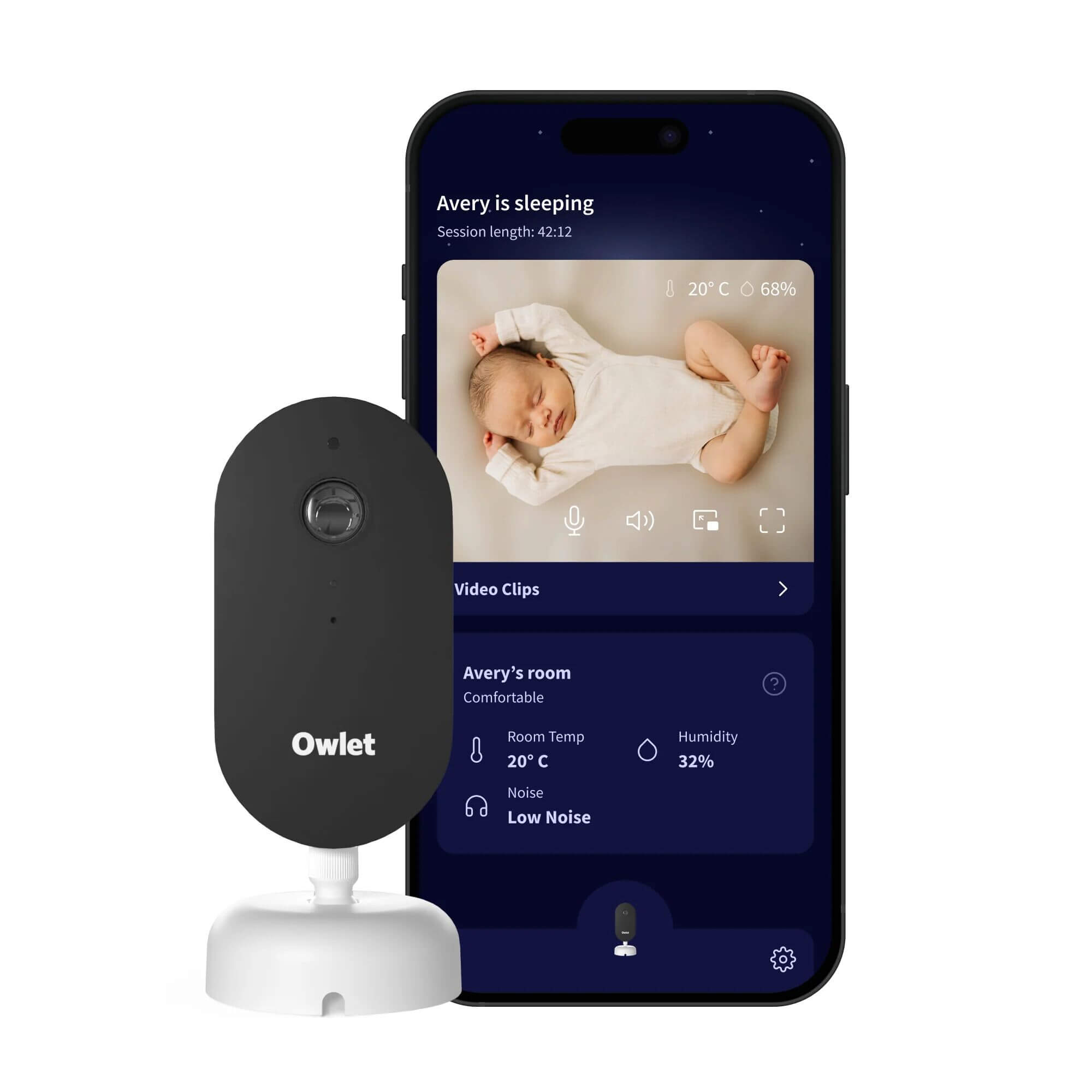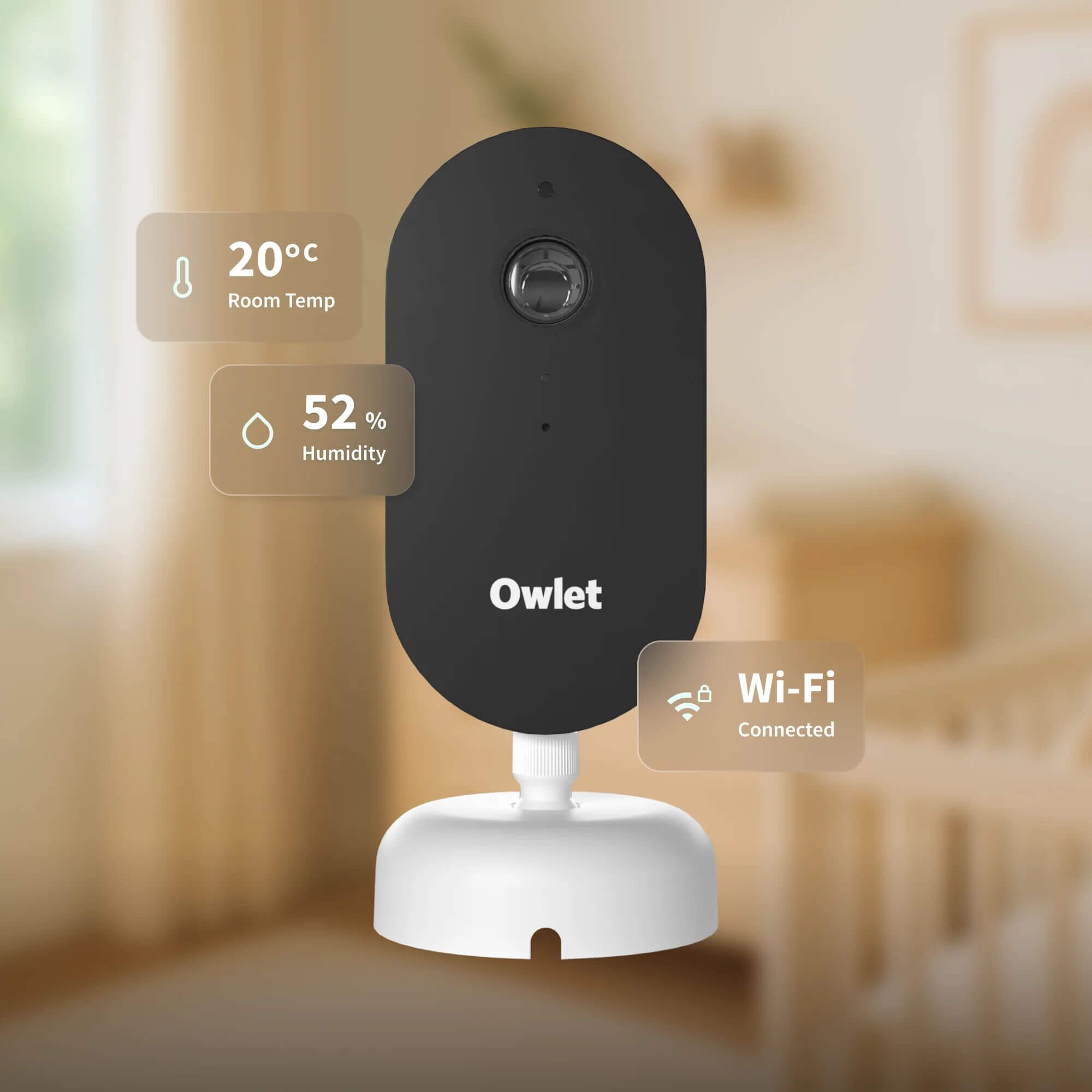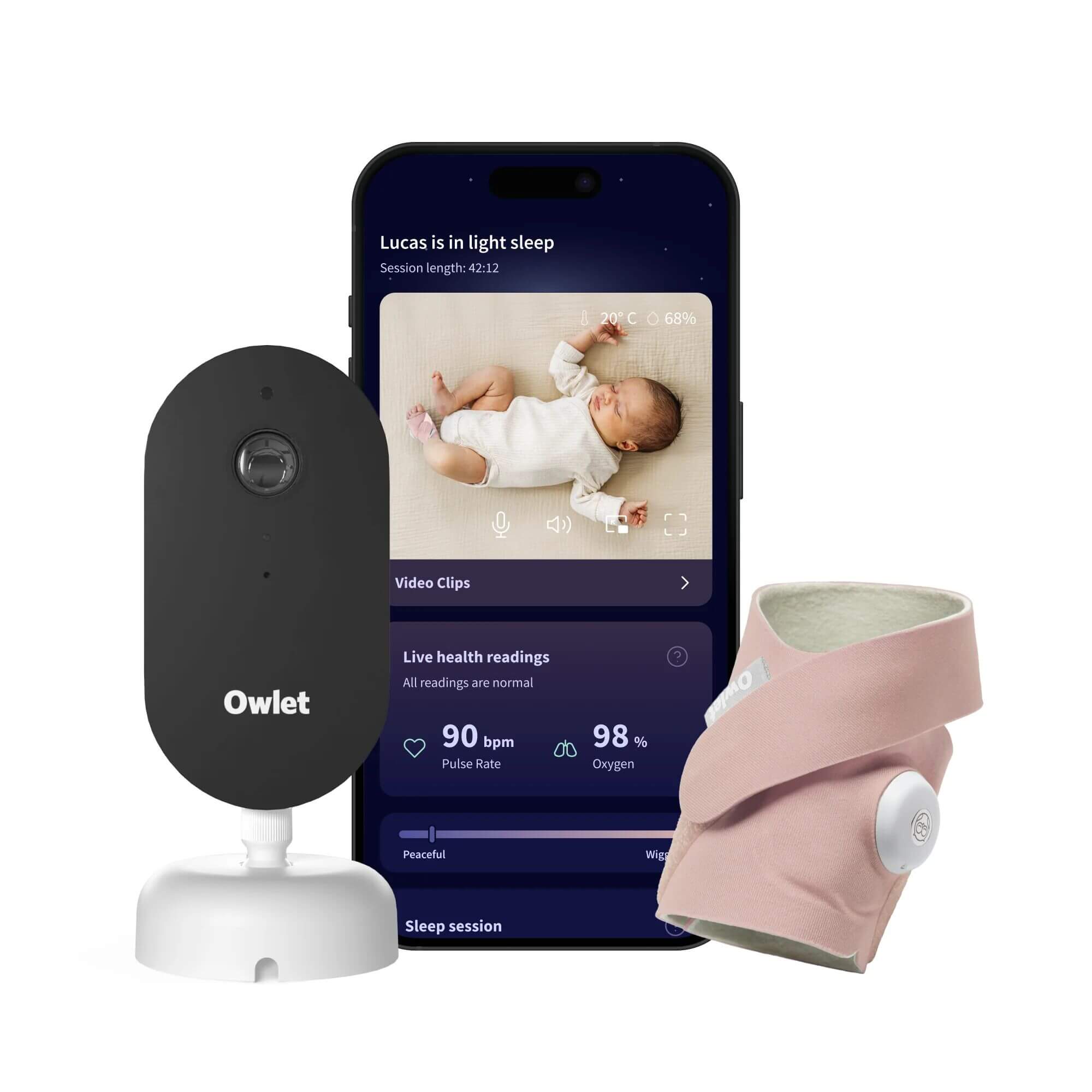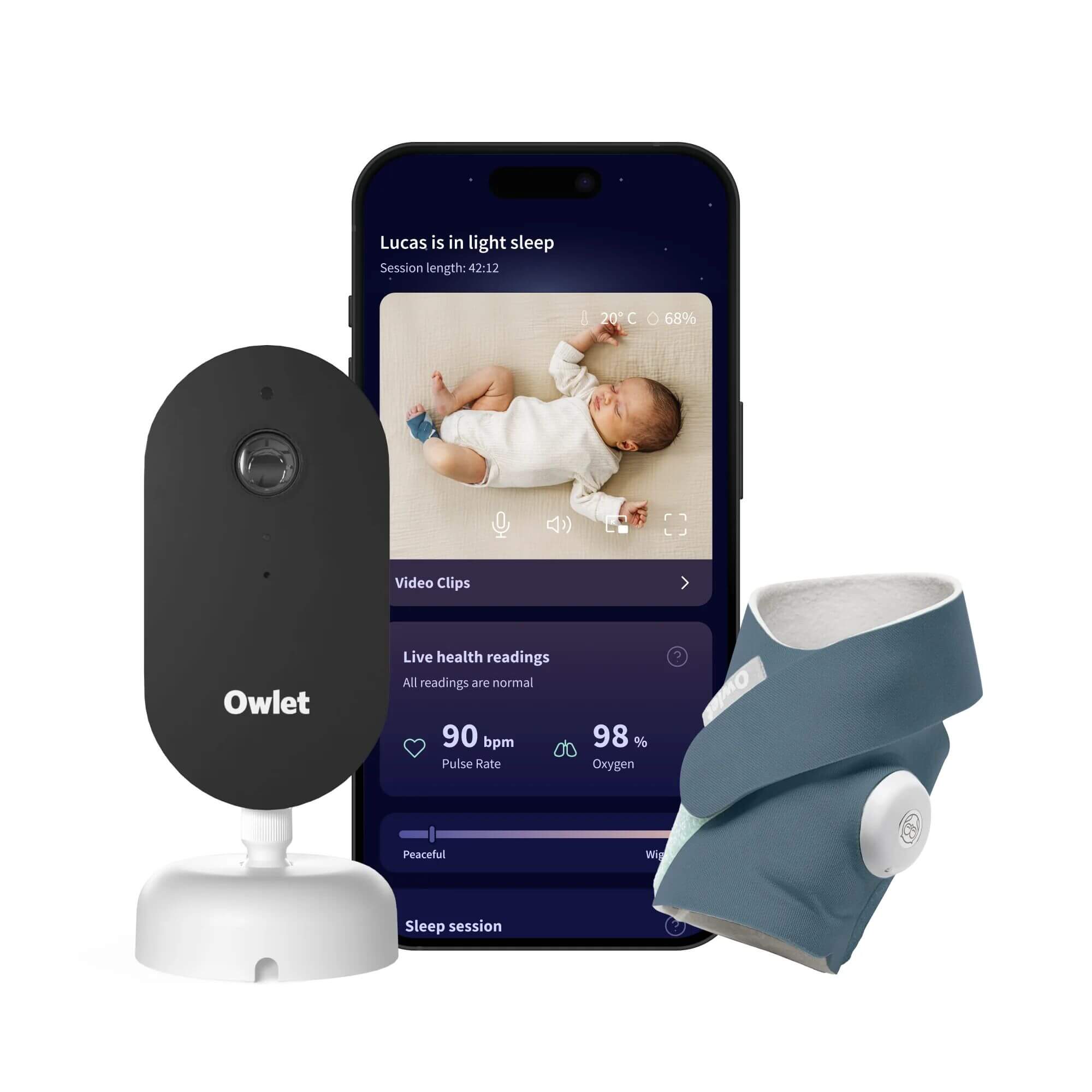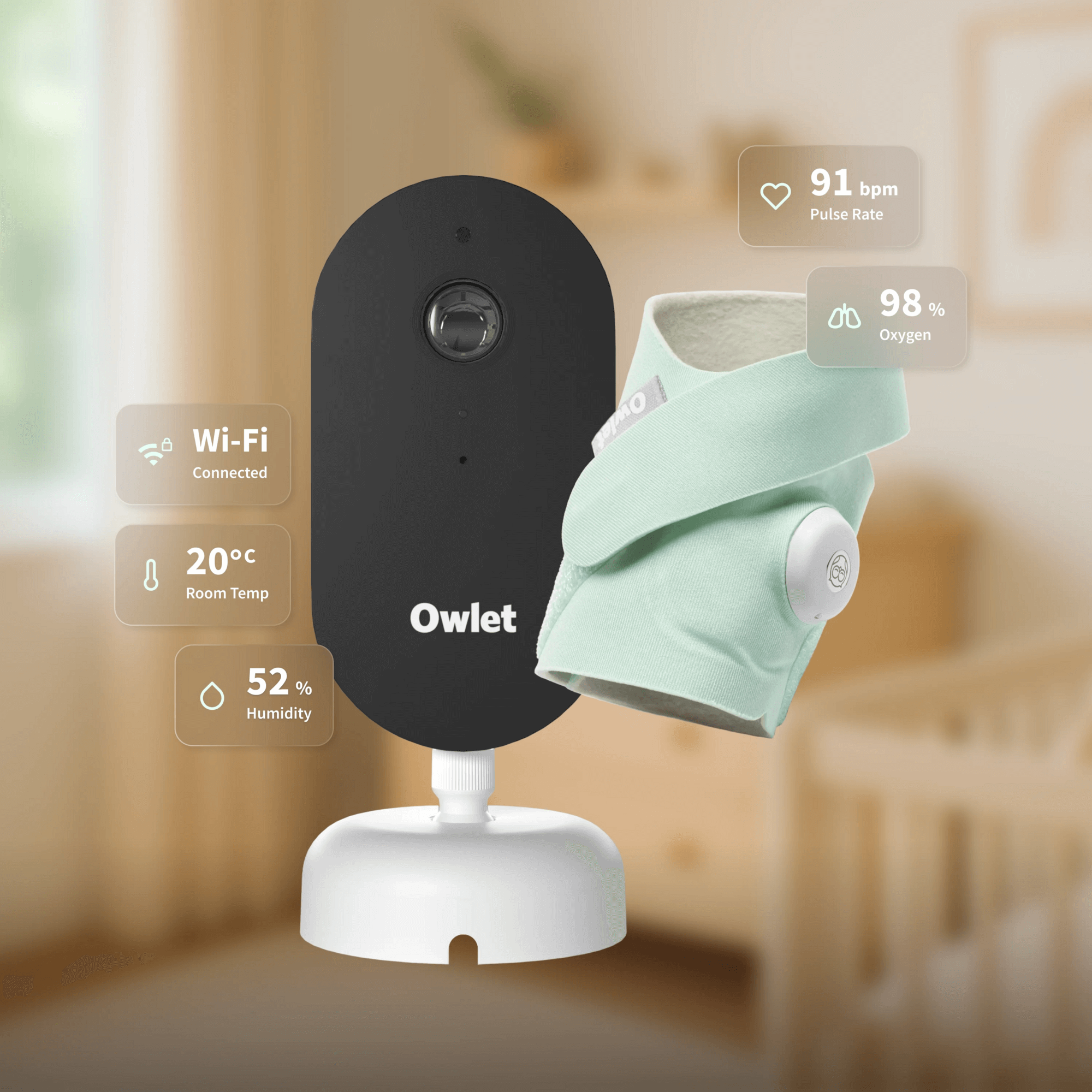A Guide to Your Baby’s Awake Windows and What to Expect From Them
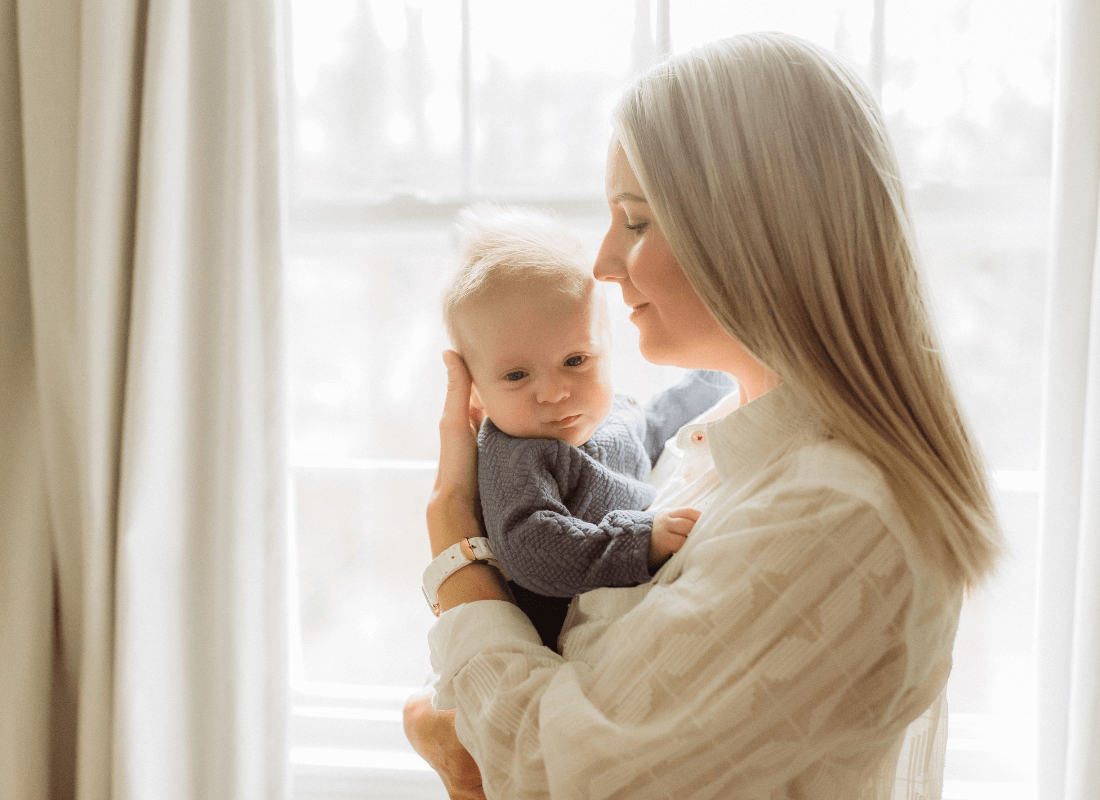
The content provided on this blog is intended for informational and educational purposes only. It is not a substitute for professional medical advice, diagnosis, or treatment. Always seek the advice of a qualified healthcare provider with any questions you may have and to learn more about your child's specific needs.
Newborn
When your baby is first born you will most likely experience a nocturnal sleep pattern, they are super sleepy in the day and want to party all night. For the first two weeks, this is to be expected. But after that, you can help encourage a difference between day and night by lots of exposure to sunlight in the day and then as much darkness overnight. This is because when your baby is born they don’t have a circadian rhythm, the body’s natural sleep clock, that is mature enough to differentiate between the two. At this age it is expected that your baby will sleep roughly 18 hours a day with awake windows of only 45- 60minutes so it will feel like a carousel of feeding, changing, and sleep.
4- 12 weeks
Around 4 weeks you may notice your baby will start having slightly longer awake periods of 1 hour to 1hr 15. With the extra 15 minutes, you can start to introduce a short amount of playtime. At this age your baby can only see in black and white so it would be a great time to get some books in these colours or use Etta Loves muslins, they are an absolute favourite of mine! 10 minutes once in the morning and towards the late afternoon would be great.
Somewhere between 6-8 weeks, your baby’s sleep cycles begin to mature. Whilst their awake cycles don’t particularly change, what you might notice is that they start having shorter naps, commonly known as a cat nap/power nap of between 30-45 minutes. This can mean they may become tired sooner. This is a good time to start looking at a routine should this be your parenting style, encouraging your baby to go back to sleep if they do wake after a short period is a good place to start. You can do this in various ways; shushing and patting, feeding, rocking are all good sleep tools.
To help with the bedtime routine and if you’re experiencing a ‘witching hour’ in the early evening this period of time would also be a good time to start capping when the last nap would be. At this age, encourage waking up from the last nap at 5:45pm so that they are tired again for sometime around 7pm, the reason why next...
12 weeks +
Aha hello, Melatonin!
Melatonin is a wonderful hormone that the body secretes to help aid sleep and at roughly 12 weeks your baby’s body will start to produce it around 7pm each day in accordance with the circadian rhythm. This works massively in your favour as it helps to encourage more nighttime sleep. With more sleep at night, you might start to see longer awake cycles in the day, hitting around 1.5 hours and a total daytime sleep of 4-5 hours.
That’s where Owlet’s Dream Sock® comes in handy! View your baby's sleep patterns and trends with the Owlet® Dream App when using Dream Sock®. By tracking your baby's heart rate and movement, the Dream Sock® can provide insights into total hours slept, awake times and a breakdown of your baby's light vs. deep sleep - what a dream!
4 months
At 4 months there is the period called the ‘sleep regression’ which is where your baby has a massive development in their sleep maturity which actually makes it a progressive matter. However, it can mean their sleep for both day and night becomes unsettled so awake windows can go out of the window so to speak. At this age though should your baby be napping well you can expect to see awake windows of 1.5-2 hours over the course of the day. So after each nap look out for tired signs around this amount of time so you can look to start the next nap, at this age you could expect to see your little one transition from 4-3 naps so bear in mind an earlier bedtime of 6:30pm might be needed.
6- 9 months
Out of what can be a turbulent time your baby will now start entering the realms of more consolidated sleep, there will be contributing factors to this such as whether they can fall asleep independently but with lengthier naps comes bigger awake windows. At 6 months you’ll start experiencing awake times between 2-2.5 hours. Then between 7-8 months, some babies will reach 2hrs 45 for the last part of the day, this is most likely when they will show signs of wanting to drop the late afternoon nap. Once you’ve gone through this transition your baby will be on 3-hour awake windows and 2 naps a day, most likely 10-11am and 2-4pm.
9-12 months
During this time there isn’t a huge variation in the awake cycle but a change of length by half an hour, so somewhere between 3-3.5 hours. If your little one is still sleeping to s structure like the above you might notice resistance at bedtime as they are no longer ready after a 3 hour window so try pushing bedtime back by 15 minutes, and or cutting the naps by 15 minutes.
12- 16 months
Around 12-13 months there tends to be a developmental leap, which can result in restless sleep patterns and many parents assuming that it’s because their little one needs to drop their morning nap but I would advise waiting it out like other developmental changes. It will be about 14 months when awake cycles develop closer to 4 hours that you can then drop the morning one, but take it slow and wean down the amount bit by bit. You might also need to temporarily shift the afternoon nap and bedtime earlier whilst they go through the transition.
There is a science to the balance of how much sleep and when over the course of the day that works for your baby so using Dream Sock®'s sleep tracking function is a great way to automatically collect data on your baby's awake cycles and sleep behaviour, which can help to figure out the best sleep schedule for your baby, especially post 6 months when consolidated sleep starts.
